W&M Students and VIMS: The Climate Corner
Family time can be hard to come by – parents are working, kids are in school all day and have extracurriculars all evening and night. At VIMS, school is in session – but after-hours, and for the whole family.

McCluskey and Hong point to an autonomous underwater gliding vehicle used during January’s lab on gliders.
The Chesapeake Bay National Estuarine Research Reserve (CBNERR) at VIMS hosts a Discovery Lab. Local families and students can register for one and a half hour sessions once a month, each focusing on different environmental topics selected by their team of educators. This year CBNERR expanded the Discovery Labs with the help of Allison McCluskey and Sarah Hong, William & Mary juniors and fellow EcoAmbassadors. McCluskey and Hong are in charge of creating the Discovery Lab’s Climate Corner.
Through interactive displays or hands-on activities in the Climate Corner, kids (and adults) can better understand how a changing climate might impact the Discovery Lab’s chosen environmental topic. It is McCluskey and Hong’s job to make the science come to life. “We focus on climate shifts – rising sea level, alternating weather patterns – and how they affect what we’re talking about,” McCluskey says.
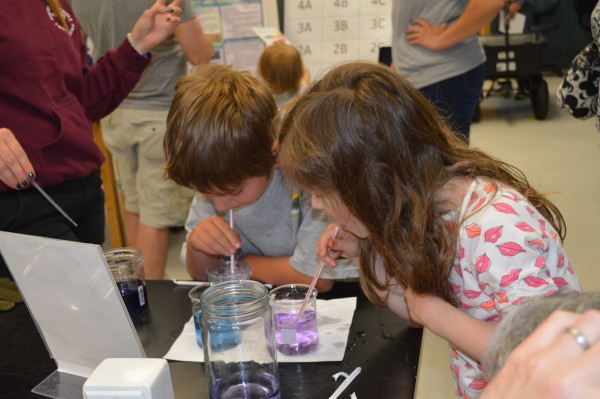
Kids blow bubbles in pH indicator, using the carbon dioxide in their own breath to simulate CO2-derived ocean acidification during April’s climate change lab.
McCluskey and Hong walk me through a typical activity. The February Discovery Lab’s topic was Blue Crabs – before the flurry of three consecutive snowstorms forced it to be cancelled. McCluskey and Hong developed an activity focusing on how climate change affects blue crab habitats. An informational poster laid out what environments blue crabs prefer. Kids could then choose a low, medium, or high amount of submerged aquatic vegetation (SAV), water level, and temperature, taking hints from the poster. Once the kids chose the correct goldilocks variables, they could drop a tiny (plastic) blue crab into a tank – success!
In all their activities, McCluskey and Hong strive to make climate change and its effects easy to understand by rooting them in science. “It’s really boring reading a poster and showing a PowerPoint, especially for kids,” Hong says. When kids are interested in learning, their parents often ask questions and learn alongside them. Climate change can sometimes seem like an overwhelming and even somber topic, but the EcoAmbassadors think otherwise. “We want to make it positive and engaging,” Hong says. “Y’know – ‘look how great this is, this is why we want to maintain it and protect it.”

Hong displays her handmade children’s book: The Acidic Adventures of Polly the Coral, made for April’s climate change Discovery Lab.
Working with CBNERRs at a research institution like VIMS is only an added bonus. “We will come to them with ideas, and they will say ‘Oh, this is VIMS research that is related to this topic, so maybe you can look at that,’” McCluskey says. “Because of them, we were able to tie VIMS research into the activity… Having their input is really helpful.”
Sarah Nuss, outreach coordinator at CBNERRS, enjoys working with the EcoAmbassadors. “It’s been great! I’ve been very impressed with their preparation,” she says. “Parents have mentioned they like seeing the younger volunteers as well. Kids really like talking to and interacting with younger people.”
Working with kids is a great motivation for McCluskey and Hong, especially at a local level. They try to focus on how climate change affects the Chesapeake Bay and the Hampton Roads community. The Climate Corner educates kids about these topics through a local lens in a fun and engaging way. McCluskey and Hong hope to inspire a future generation of scientists – if not, at least future engaged citizens. “Often people think there’s nothing that they can do about climate change, but we can show them, ‘You can do something! You can make a change!’” Hong says. “And it will make a difference,” McCluskey says.
Want to get involved?
Contact Jaclyn Beck, Education Specialist (jacmil@vims.edu) to volunteer with the Discovery Lab!

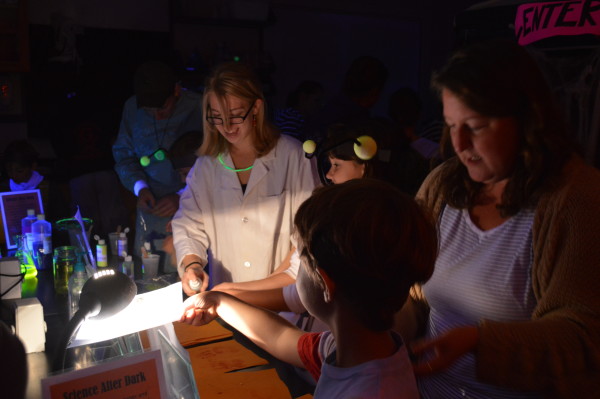
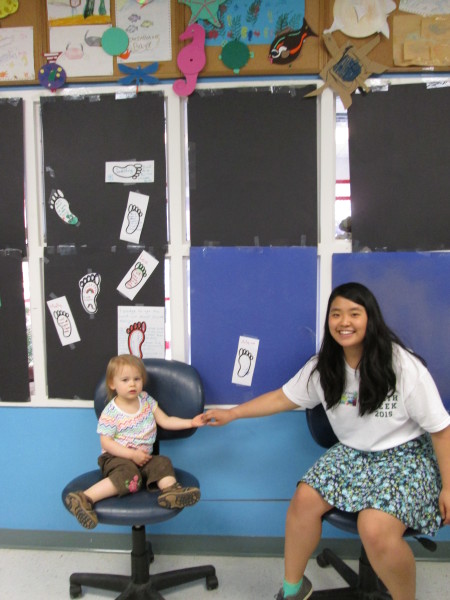
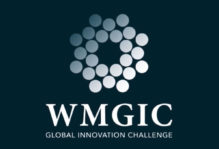
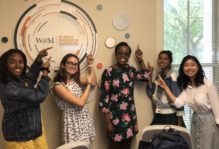
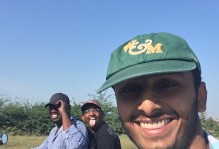
No comments.
Comments are currently closed. Comments are closed on all posts older than one year, and for those in our archive.